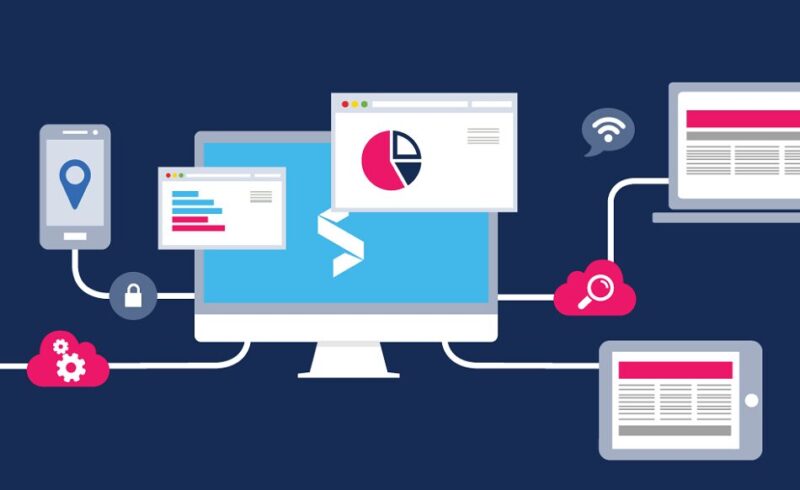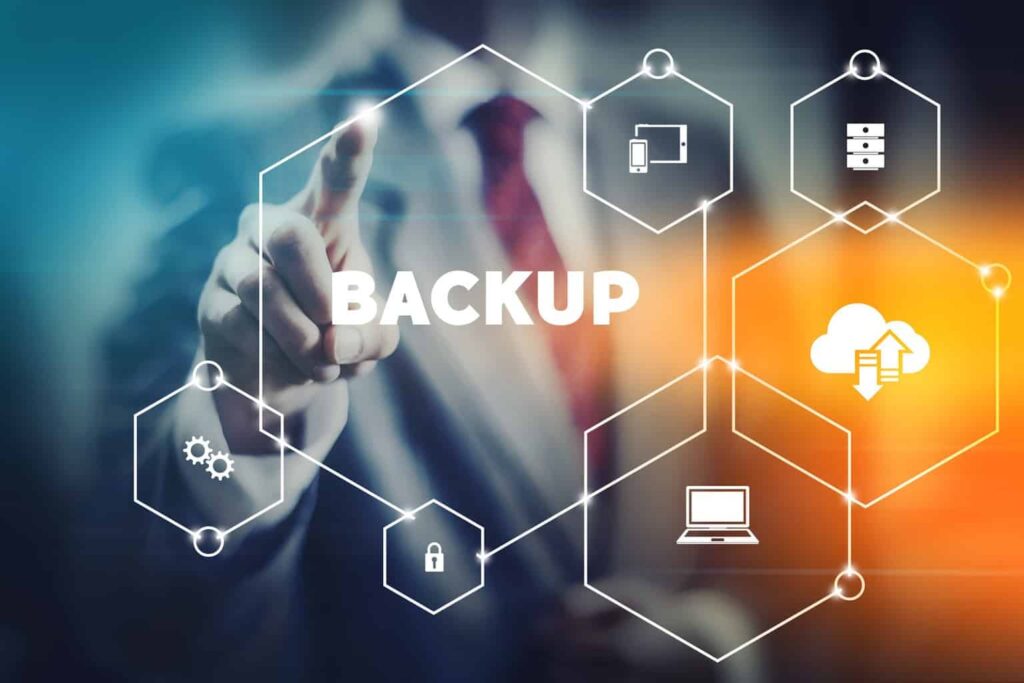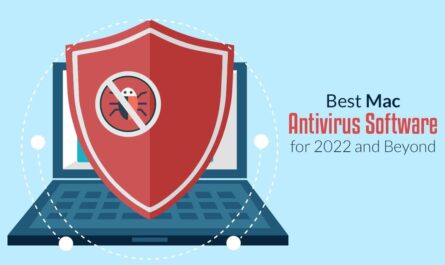In today’s fast-paced business environment, efficient management of IT resources is crucial for any organization aiming for success. This blog post explores proven strategies to optimize IT resource management. We’ll discuss how to streamline processes, enhance productivity, and achieve cost-effectiveness while ensuring that IT infrastructure aligns perfectly with your business goals.
Whether you’re a small business owner, an IT manager, or a team leader, these insights will guide you in making informed decisions to maximize the potential of your IT resources. Let’s embark on this journey to transform your IT management into a more effective, strategic asset.
In the digital age, every business, big or small, depends on technology. Managing these tech resources effectively is critical for success. Integrating ITAM best practices (Information Technology Asset Management) can significantly enhance the efficiency and functionality of a business’s tech resources. This article breaks down some top strategies for successful IT resource management, tailored for easy understanding.
Page Contents
1. Comprehensive IT Inventory

To manage something, one must first know what they have. It sounds simple, but many organizations overlook this initial step. By creating a complete inventory of all IT resources, from software to hardware, companies can track what they own, where it’s located, and when it was purchased. This inventory will serve as a foundation for all other management activities.
Maintaining an up-to-date IT inventory is not just about tracking physical assets but also includes tracking software licenses, subscriptions, and cloud resources. This holistic approach ensures that nothing is overlooked and resources are optimized.
2. Prioritize Software License Management
Software is a big part of any company’s tech resources. However, software licenses can sometimes be tricky. Companies should ensure they have the right licenses for the software they use. Too few can lead to legal troubles, while too many means wasted money. Monitoring and adjusting software licenses according to the company’s needs is a top priority.
Implementing a software asset management (SAM) system can automate license tracking and compliance, helping organizations save costs and avoid legal risks associated with improper licensing.
3. Schedule Regular Maintenance
Just like a car or a house, tech resources need regular check-ups. This isn’t just about fixing things when they break. It’s about checking systems, updating software, and replacing parts before they fail. Scheduled maintenance can prevent bigger problems and ensure that everything runs smoothly.
Moreover, proactive maintenance can enhance security by patching vulnerabilities before they can be exploited by cyber threats, safeguarding sensitive data.
4. Provide Staff Training

The best tech resources are useless if those using them don’t know how to do so effectively. Regular training sessions ensure that all employees, whether tech-savvy or not, know how to use the company’s IT resources properly. This can lead to fewer mistakes, better productivity, and a longer lifespan for the tech tools.
Additionally, cybersecurity awareness training is crucial to educate employees about potential security threats and how to avoid falling victim to phishing scams and other cyberattacks.
5. Stay Updated with ITAM Practices
The world of technology is always changing, as are the methods for managing it. By staying updated with the latest ITAM best practices, companies can ensure they’re always at the forefront of efficient IT resource management. This means regularly reviewing and adjusting strategies to fit the latest industry standards.
ConnectWise states, “ITAM optimizes resource utilization, helping MSPs acquire the right resources to meet their clients’ needs. This, in turn, leads to more efficient service delivery and higher profitability.”
6. Data Backup and Recovery

In the realm of IT resource management, the emphasis on data backup and recovery cannot be overstated. Regular data backups are the backbone of any robust IT strategy, serving as a safety net against data loss due to system failures, cyber-attacks, or other unforeseen events. A well-structured recovery plan is equally vital. It ensures that, in the event of data loss, your business can quickly regain access to essential information, minimizing downtime and protecting against significant financial and reputational damage. By prioritizing these elements, businesses safeguard their most valuable asset: their data.
7. Scalability
Scalability in IT resource management is about anticipating and preparing for future growth and evolving needs. As a business expands, its IT infrastructure must be able to adapt without hindrances. This means designing systems and processes that can scale up or down efficiently. Scalability ensures that the technology used today won’t become a bottleneck tomorrow, supporting continuous growth and adaptation in the fast-evolving technological landscape. An effective scalable IT strategy considers not only the current needs but also forecasts future demands, ensuring the business remains agile and competitive.
8. Vendor Relationships

Building and maintaining strong relationships with IT vendors and service providers is another cornerstone of effective IT resource management. These relationships go beyond mere transactions; they are partnerships that can yield significant benefits. Good vendor relationships can lead to better pricing, higher quality of service, and access to the latest technologies. They also facilitate smoother negotiations and quicker resolutions when issues arise. Cultivating these relationships requires consistent communication, mutual respect, and a clear understanding of each other’s business needs and objectives.
9. Monitoring and Reporting
The role of real-time monitoring and reporting in IT resource management is indispensable. These tools provide a continuous overview of IT performance, allowing for the immediate identification and rectification of issues.
They offer valuable insights into usage patterns, system health, and potential security threats. This real-time data is crucial for making informed decisions, planning future investments, and improving overall IT efficiency. Furthermore, comprehensive reporting tools aid in compliance with various regulations and standards, ensuring that the business operates within legal and ethical boundaries.
Adopting emerging technologies and practices, such as cloud-based asset management solutions and artificial intelligence for predictive maintenance, can provide a competitive edge and cost savings.
Optimizing IT resource management is more than just a good idea—it’s essential for any company wishing to thrive in the modern business landscape. By taking stock of what they have, managing software licenses, scheduling maintenance, training staff, and staying updated with the latest approaches, businesses can maximize their tech resources’ potential. When managed right, these resources can be a powerful tool for growth and success.






